Embossed tiles that change the beauty of any place can also be used for bathrooms in different environments, including behind the vanity, as a floor border, and on the edge of the bathtub.
They can also be used in the bathroom, either as a full wall behind the bathroom or as a strip along the top or bottom of the enclosure.
Use your creativity to find the perfect spot for the accent tile. One thing to remember when using accent tiles is that they should be made of a different material than the base tile. This will make the space look more cohesive and not cluttered.
If the original tile is made of ceramic or porcelain, again use a stone and glass tile for accentuation. Shade is another factor to consider when choosing accent tiles.
The tile should have a different color from the main tile and at the same time be in harmony with the rest of the bathroom.

For a bathroom with light colored walls, choose dark black tiles. Adding some colorful accents is a simple way to break up the monotony of white or light tiles in the bathroom.
You can use one color of tile throughout the space or you can combine different colors and designs to get a more varied look.
When choosing tiles for an accent wall, it’s important to consider the overall design of your bathroom. The best option for tiles in a modern and minimalist bathroom will be simple and stylish items.
More detailed or decorative tiles may look better in a classic or Victorian bathroom.
When choosing accent tiles, it is important to consider the shape and size of your bathroom. If the bathroom is compact, choose tiles that do not take up too much space and avoid using busy or bold patterns. On the other hand, if your bathroom is large, you can choose something a little bolder.
Making a wall of accent tiles; For many people, tiling an accent wall in the bathroom is the logical choice to achieve a striking effect.
If you choose this path, you have several options. Accent walls are usually built in the main focal points of the room.
This is usually behind a fireplace and TV in the living room, on the counter or in the kitchen, and against the wall facing the bed in the bedroom. Areas behind the bathroom or vanity are the natural focal points of the room in most bathrooms.

That’s great if your bathroom is bigger, but what if it’s really small? If your bathroom is small, using accent tiles in the bathroom may be a better option so that you can use larger tiles on other walls.
Applying color to accent walls In order to create a sense of depth, a small bathroom can benefit from an accent wall made of dark tiles.
It can also give a more ordinary bathroom a luxurious touch. Alternatively, a light accent wall may open up and light up a larger bathroom.
Neutral colors can also help create a calm environment in the bathroom. Two simple color schemes, both using our colonial gray matte tile, are the perfect example of accentuating the appeal of contrast on feature walls.
This tile has a beautiful matte brick effect with a matte coating. It’s a relatively light gray tile that creates a dark contrast wall when paired with the premium icy white subway tile.
With white gloss still the most popular bathroom color in the UK, this is one of the best selling bathroom tiles.
Especially when paired with a sunburst mirror unit like this wall-lit LED mirror cabinet from City Plumbing, the matte gray look creates a very dark accent wall behind the vanity in a small bathroom.

However, when used with its sibling tile, Imperial Black Matt, the exact same tiles will have the opposite effect.
Now that the harsh, heavy black used throughout the bathroom has been replaced with a light gray, the feature wall is noticeably lighter. Additionally, you may want to think about using bolder and brighter colors.
In a more neutral bathroom, this can really pop. If you want to add a bold, bold wall to a bathroom that’s otherwise white, cream, or gray, consider using tiles like Tribeca Watercolor Blue. Such lively tiles can give your bathroom a playful and attractive feel.
When choosing a colorful tile, consider the possibility of clashing with bathroom fixtures and furniture, so consider your overall color scheme when using strong accent colors.
Of course, changing the color isn’t necessary to create an accent wall. Consider combining white and cream tiles, dark gray and lighter gray, or dark blue and lighter blue.
HD cross-functional marble matte tiles create a beautiful effect. They are light gray enough not to be edgy, but black enough to create a luxurious and relaxed atmosphere.
This tile has attracted a lot of attention this year. HD Marble High Gloss Tile is a lighter version of its sibling. Very similar in style yet with bright shade contrast.
Here, you can see how two gray tiles are placed together to create a powerful feature wall. Instead of changing the color of the walls to create contrast, we are big fans of using shadows.
While some of the bolder trends may be fleeting, gray bathrooms never go out of style. It’s important to remember that the average homeowner updates their bathroom every seven to ten years, while a bolder design may only be popular for one to two years.
Terracotta bathroom tiles are a prime example. If you want to use this color, which is predicted to be huge in recent years, we offer gorgeous tiles to suit your needs.
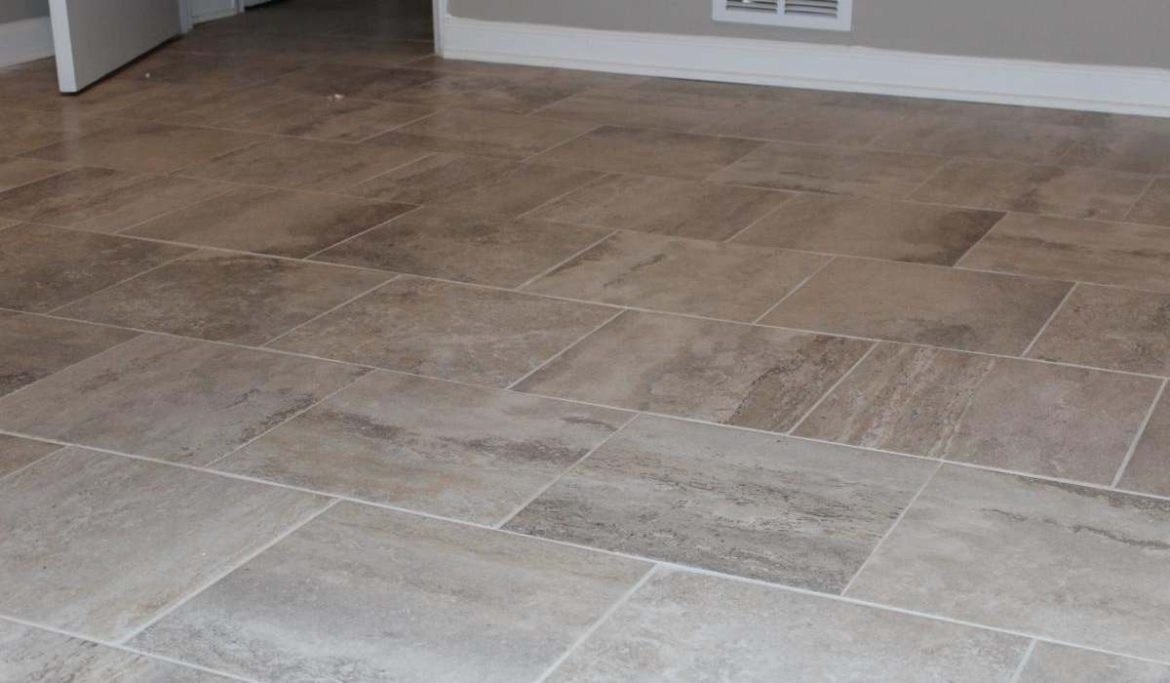
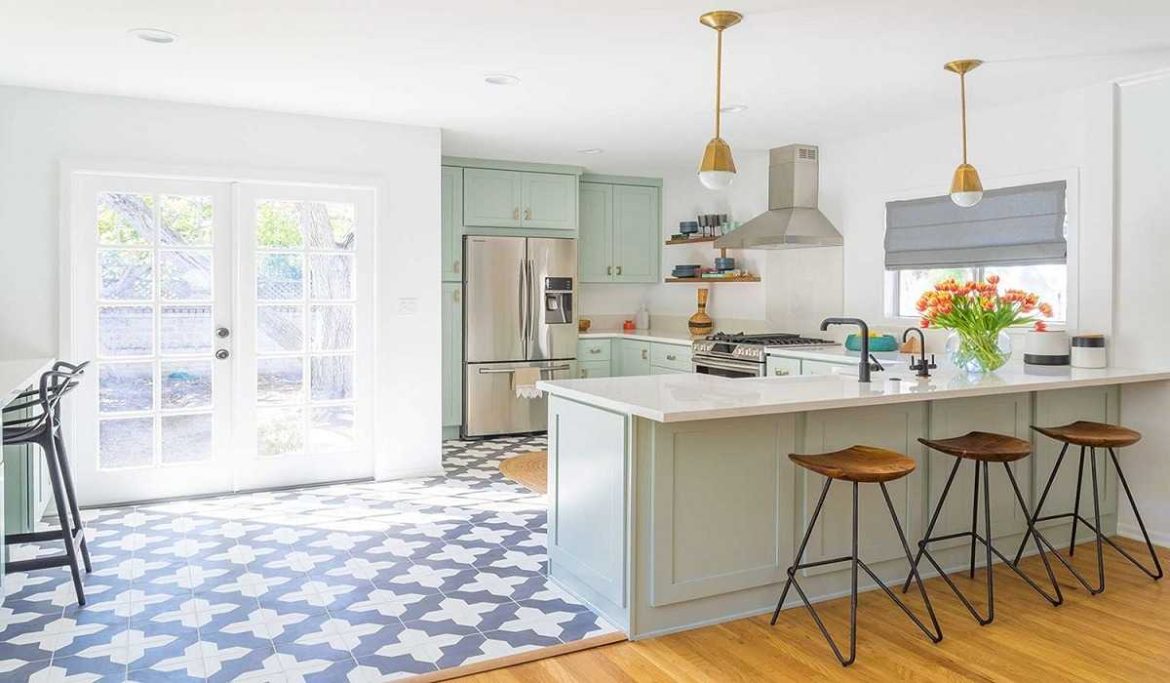
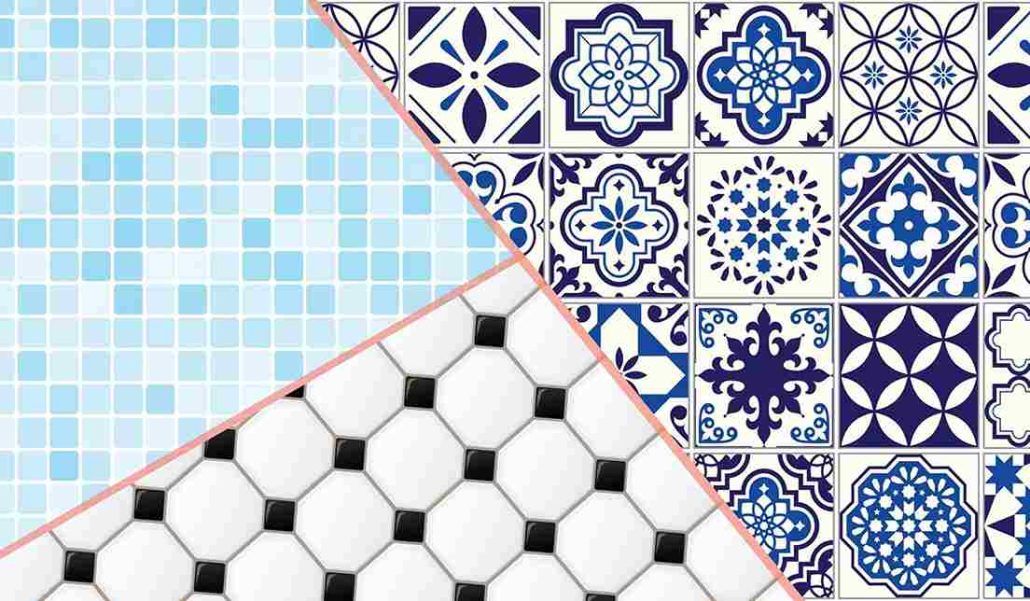
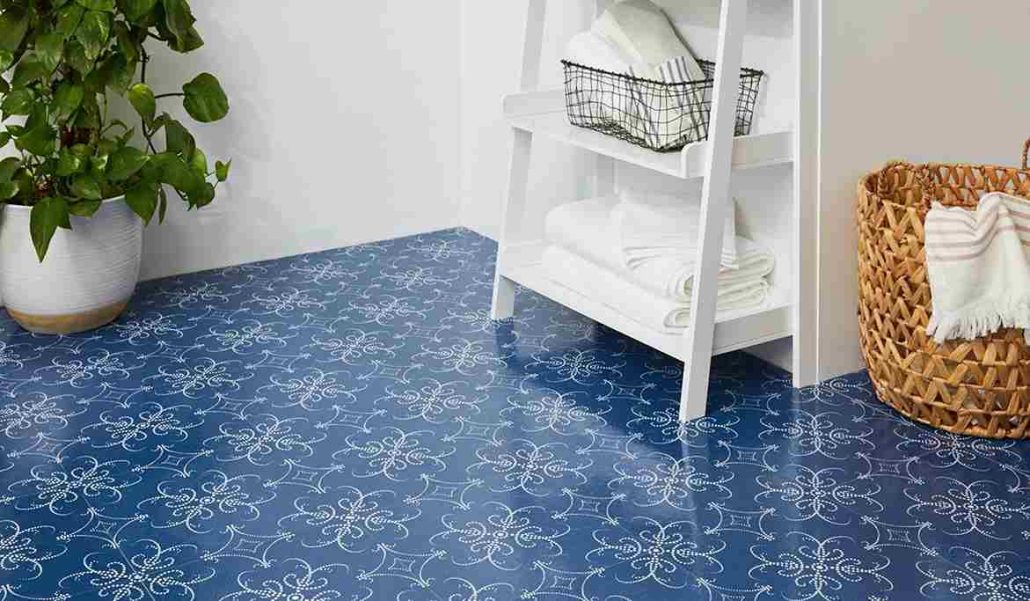

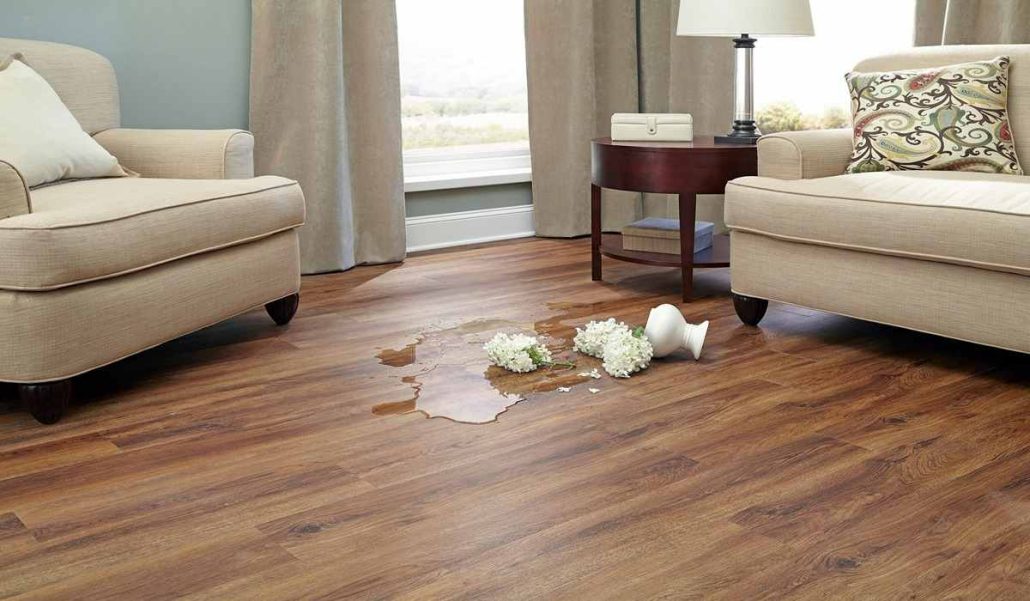
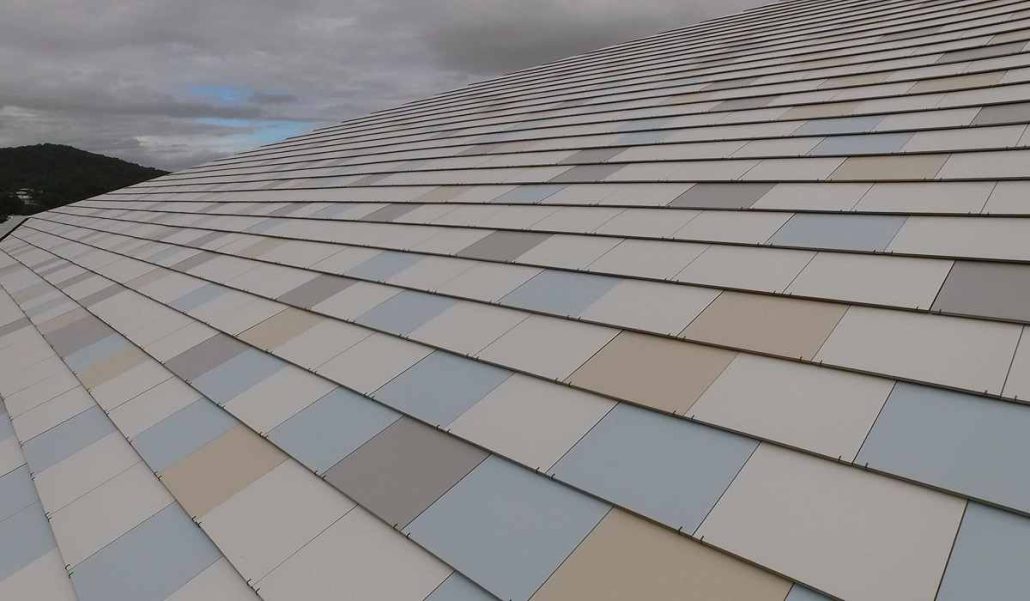
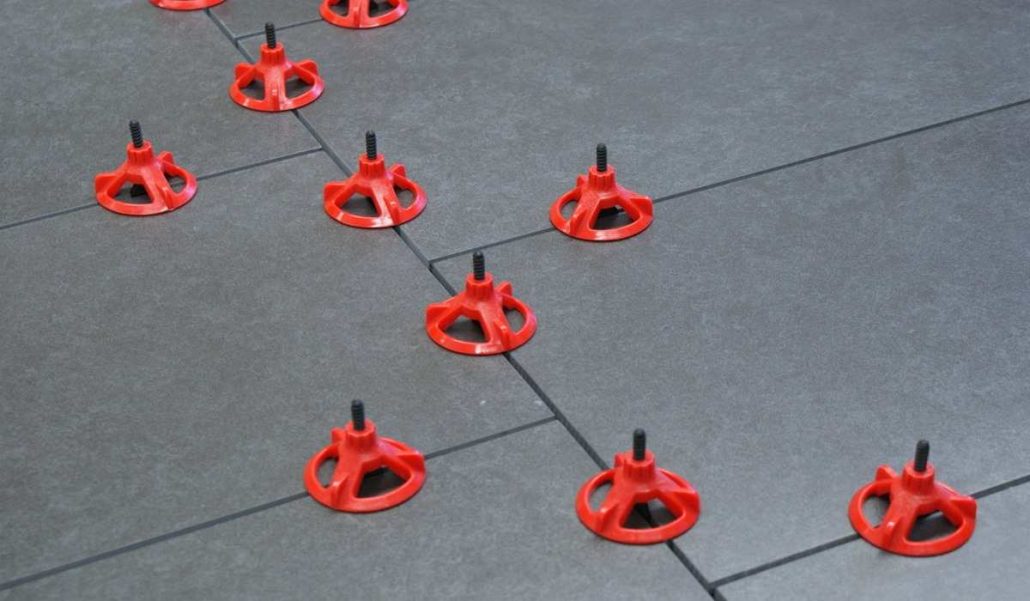
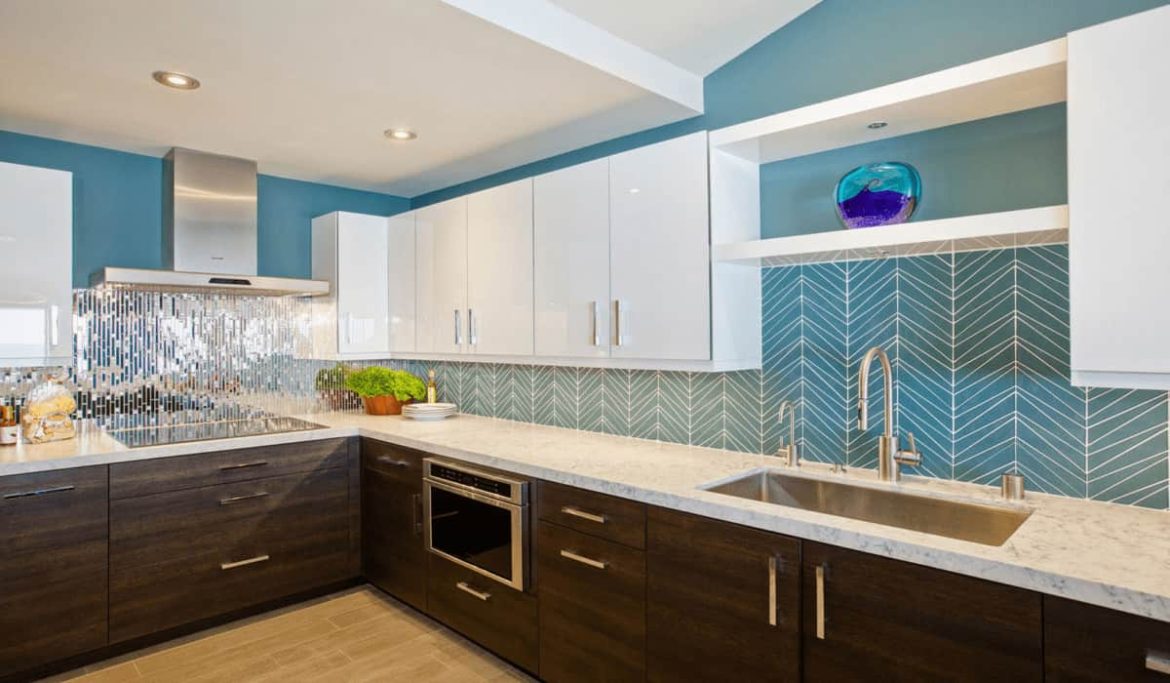
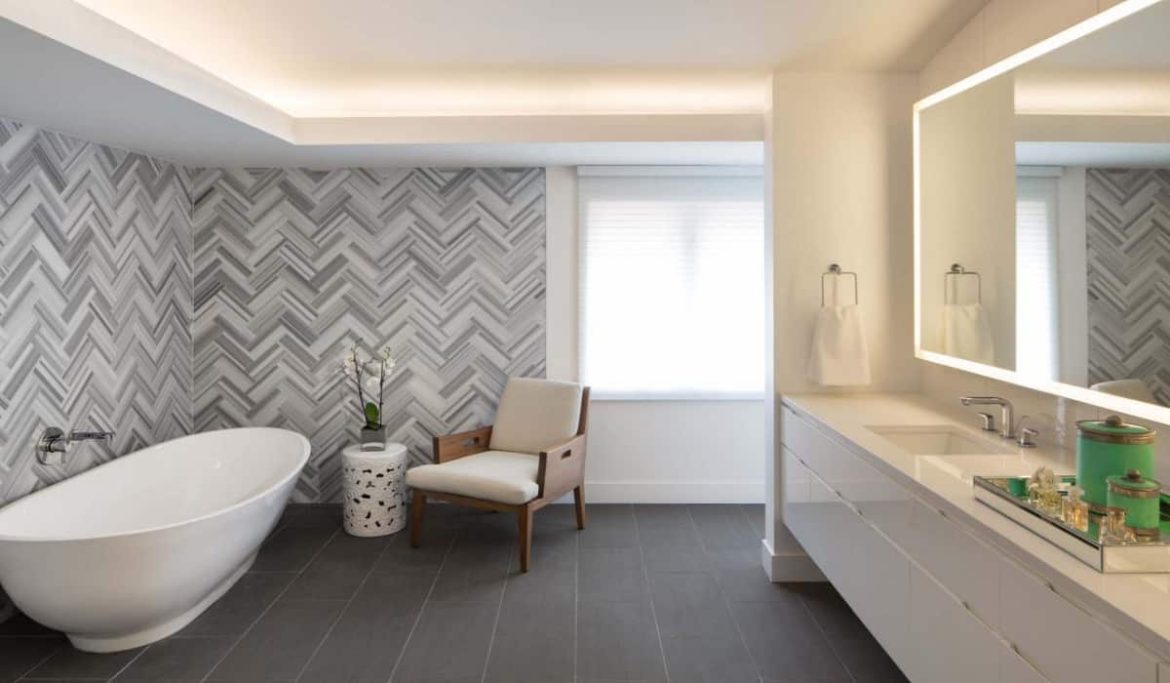
Your comment submitted.